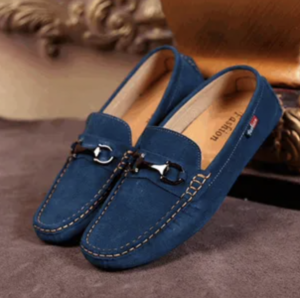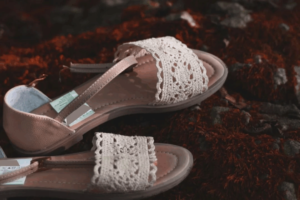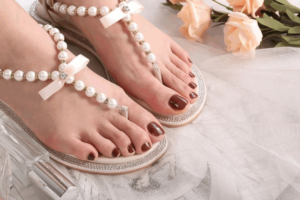Designing high-end women’s shoes is an intricate process that blends creativity, craftsmanship, and technical expertise. Each step is crucial to ensuring the final product is not only aesthetically pleasing but also functional, comfortable, and durable. Here’s a detailed look at the procedure for creating luxury women’s footwear.
1. Research and Inspiration
The journey of designing high-end women’s shoes begins with research. Designers often draw inspiration from various sources, including fashion trends, art, architecture, nature, and cultural elements. This phase involves studying market trends, understanding the target audience’s preferences, and analyzing competitors. The goal is to gather ideas that will shape the unique design of the shoe.
2. Concept Development
Once the inspiration is gathered, the next step is to translate those ideas into a concept. Designers sketch multiple designs, experimenting with different shapes, styles, and details. This phase is all about exploring possibilities and refining ideas to create a design that aligns with the brand’s identity and meets the expectations of high-end consumers. The concept also includes selecting the type of shoe—whether it’s a stiletto, pump, sandal, or boot.
3. Material Selection
Material selection is critical in high-end shoe design. The choice of materials affects the shoe’s appearance, comfort, durability, and overall quality. Designers choose from premium materials such as Italian leather, suede, exotic skins, and high-quality fabrics. Attention is also given to the materials used for the sole, lining, and any embellishments. Sustainability is increasingly becoming a priority, with many high-end brands opting for eco-friendly materials.
4. Pattern Making
Pattern making is the technical stage where the design is translated into a pattern—a template that guides the construction of the shoe. Experienced artisans or technicians create detailed patterns for each part of the shoe, including the upper, lining, and sole. This step requires precision, as any errors can affect the fit and look of the final product.
5. Prototyping
Once the patterns are finalized, the next step is creating a prototype. The prototype is a sample of the shoe, made using the chosen materials and patterns. This is where the design truly comes to life. The prototype allows designers to see the shoe in 3D, assess its aesthetics, and test its functionality. Adjustments are often made at this stage to perfect the design.
6. Fitting and Testing
After the prototype is created, fitting and testing are conducted to ensure the shoe meets the desired comfort and quality standards. The shoe is tested on a model or a last (a mold that replicates the human foot) to check for fit, support, and comfort. This stage may involve multiple rounds of adjustments, such as altering the heel height, adjusting the arch support, or refining the fit. The goal is to create a shoe that not only looks good but also feels great to wear.
7. Final Design and Approval
Once the fitting and testing are complete, and any necessary adjustments have been made, the final design is approved. At this stage, all details, including stitching, embellishments, and finishing touches, are finalized. The approved design is then prepared for production, with all patterns, materials, and instructions ready for the manufacturing process.
8. Production
Production is where the high-end shoe is crafted in small batches or even individually, depending on the brand’s approach. Skilled artisans carefully assemble the shoes, paying close attention to every detail to ensure the highest quality. Handcrafted elements, such as hand-stitched seams or custom embellishments, are often used to add a unique touch to the shoes. The production process also includes quality control checks at various stages to maintain consistency and excellence.
9. Finishing and Packaging
The final step involves finishing and packaging the shoes. Finishing touches might include polishing the leather, adding protective coatings, or attaching brand labels. The shoes are then packaged in high-quality boxes, often with additional accessories like dust bags or care instructions. The packaging reflects the luxury nature of the product and enhances the customer’s unboxing experience.
Conclusion
Designing high-end women’s shoes is a meticulous process that requires a blend of creativity, technical skill, and attention to detail. From the initial inspiration to the final product, each step plays a vital role in creating footwear that embodies luxury, quality, and style. For designers, the reward is in seeing their creations not just as shoes, but as works of art that offer elegance and comfort to those who wear them.




